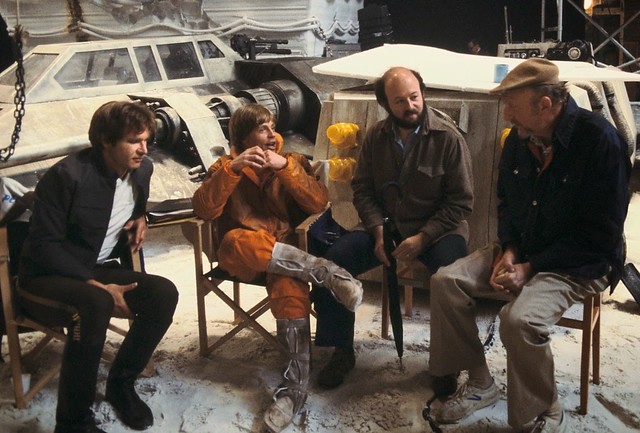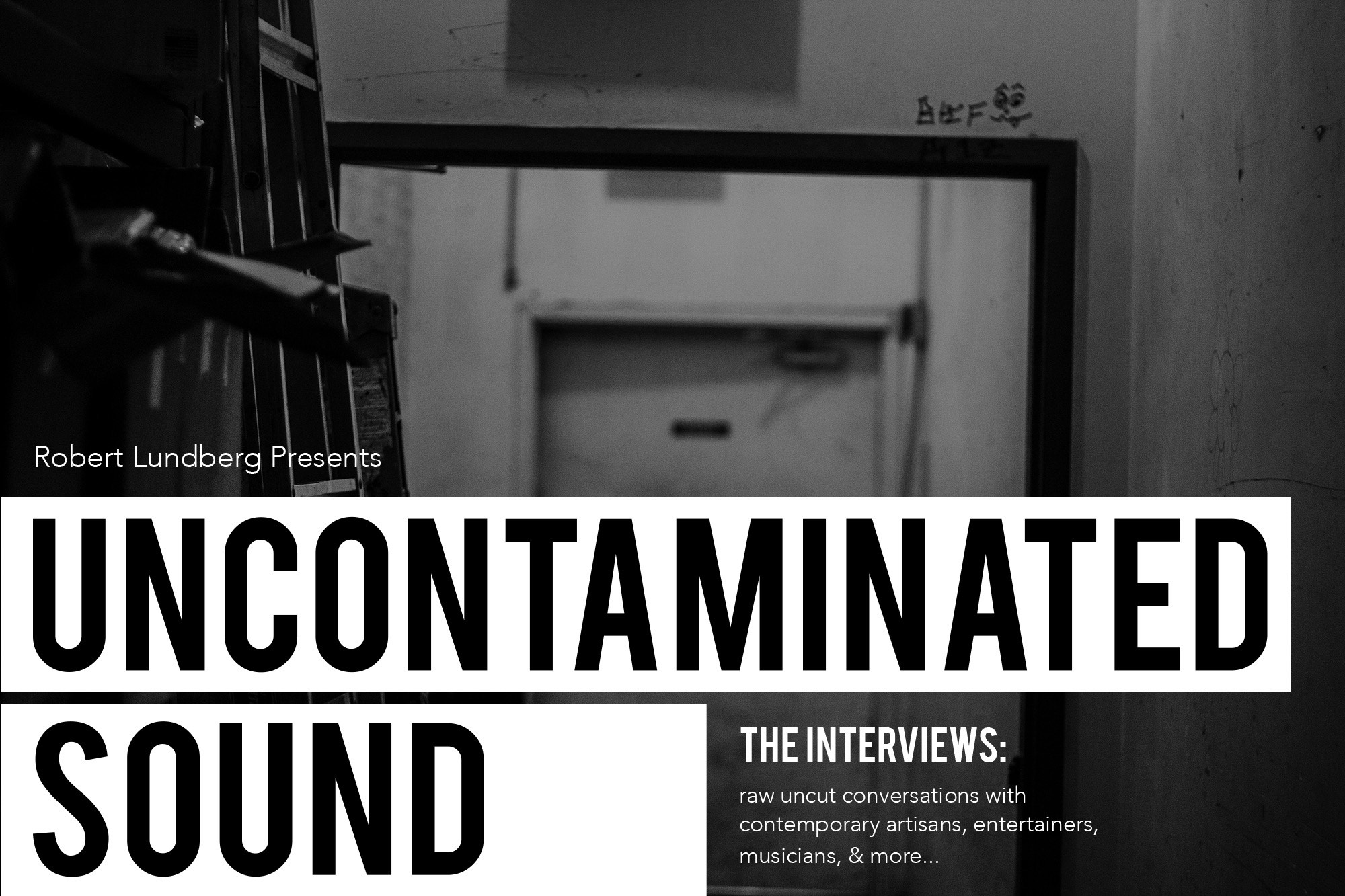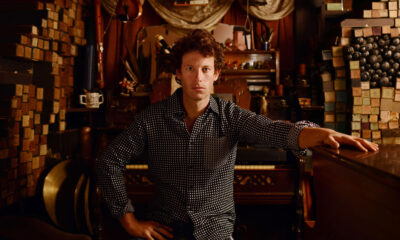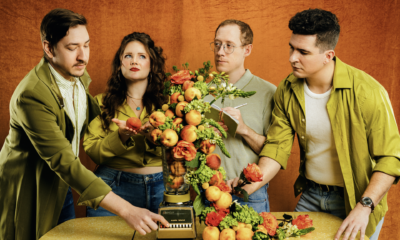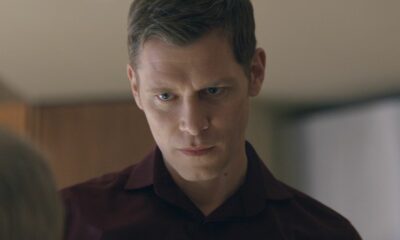Film
Oscar-Winning Movie Editor Paul Hirsch Discusses His New Memoir, Star Wars, and Film Career [w/ Audio]

Paul Hirsch is a name we’ve all seen dance across the silver screen for decades and, now, after a storied career that has helped create many cherished films over the last fifty years, audiences can finally look at the man behind some of the movie magic that established careers and changed the way audiences forever look at movies.
After working with legendary directors including Brian De Palma, George Lucas, and John Hughes, among many others at the height of their towering careers over the years, his resume reads like Hollywood’s greatest hits. Paul’s dedication to being a craftsman in the editing room helped give birth to classics like Carrie, The Empire Strikes Back, Blow Out, Footloose, Ferris Bueller’s Day Off, Steel Magnolias, Falling Down, and Mission: Impossible. He also edited modern thrillers like Source Code starring Jake Gyllenhaal and Mission: Impossible – Ghost Protocol before retiring and writing his book. On top of that, he’s also won an Oscar for editing Star Wars and was nominated for another for editing Ray, the 2004 biopic covering the life of Ray Charles, starring Jamie Foxx, as well as being the ONLY person to ever win the Saturn Award for Best Editing twice.
His astonishing new memoir gives audiences a look into the life and career of a man who shaped some of Hollywood’s milestone movies of the last fives decades by giving them a creative touch that’s instantly recognizable. His new memoir, A Long Time Ago, In a Cutting Room Far, Far Away…, allows us to see what the process behind putting all of these movies together was really like during an age that can only be described as the second California Gold Rush, when Hollywood was bursting with inspirational new voices and some of the greatest movies ever made.
Hirsch was gracious enough to take some time to chat with us about his life, his love of cinema, his ability to surround himself with talented voices, and above all, how to help great movies connect with audiences.
The first thing I wanted to ask right off the top of my head, just to get it out of the way because I’m sure a lot of people are anxious to know, but what was your career like at the dawn of the ‘70s? When a lot of formidable filmmakers were just coming into a form of their own, you were able to work with legendary directors like Brian De Palma on one of his breakthrough films like Carrie or George Lucas on the first Star Wars film. Did you get a sense that it was the beginning of a new era? Not just in Hollywood, but for cinema?
Paul Hirsch: “No, I wasn’t stepping outside my life in that way. I had been an architecture student briefly, and then I found it to dry for me. I quit that pursuit and decided that I wanted to get into film. I go into this in much greater detail in A Long Time Ago In A Cutting Room Far, Far Away…, how I got started and how I found my way into the industry.
To keep things sort of brief, I managed to get started cutting trailers. Brian De Palma made a film with my brother Charles, a low budget thing, I think the budget was 36,000 dollars or something, and they needed a trailer for it. I cut the trailer and I met Brian (De Palma) through that and the film turned out to be fairly successful. It was called, Greetings, and they got the financing for a sequel to be called, Son of Greetings, and Brian hired me to edit that. That was the first of five pictures I did before landing, Star Wars.”
Yeah, absolutely, and what was it like in those early days when you saw Brian almost begin to develop his own cinematic voice before breaking out as the popular auteur most people are familiar with?
“Well, he’s about five years older than I am so I was 23 when I cut, Hi, Mom! and I had no idea what I was doing, but I didn’t know what I was doing. My confidence was rooted in my ignorance.”
[youtube v=”eKx1TM5yPPQ”]
Yeah. (laughs)
“I really learned to edit while working on those early films for Brian. I never went to film school and he was learning on the job as well. In directing these things, his films became more sophisticated as time went on, but I learned the way that art students learn from the great masters. You go to a museum, you see someone copying some masterpiece on the wall there, and that was my approach to learning how to edit. I hadn’t learned from watching editors, I learned from watching movies and trying to emulate what I saw in things that I admired that I saw.
There’s a historical significance in the history of cinema that was completely outside my radar. It was not something I was thinking about at all. I was concerned with doing a good job, making a living, supporting myself, supporting my wife, and raising a family. So, it was all about getting another, and that was basically it. Of course, I was excited about the success of the films I did with Brian and excited about working on Star Wars, especially because George had already made such an impact with American Graffiti. It was exciting to be working with somebody other than Brian because it meant sort of a wider acceptance of my ability.”
Yeah, absolutely. It’s funny that you mentioned learning your craft on the job by watching movies and mostly being self-taught and things like that. I just notice that in certain people’s body of work that develops over the course of their career, rather than having formal training, you can really see they’re guided more by their own voice.
Rather than being influenced by professors or technique or things like that, and how do you think that being able to have your own voice guide you and be able to open yourself up to collaboration that way really open your mind up to cutting films together? Or hoping to get hired what kind of projects you wanted to be attached to next?
“That’s sort of a complicated questions (laughs), I don’t know which part of it to respond to. I find though that basically we are all following our instinct, and as long as that instinct serves you well, then you’ll be in good shape. If you find yourself making poor decisions, then I guess you’re not going to go very far, but if you find yourself instinctively making good choices, then that will propel you onward and lift you up, you know?”
Some shots of Paul Hirsch from throughout his impressive career:
Yeah, absolutely. Well, the next question I had is a little more clear cut. (laughs) A lot of people consider the fundamental elements of to simply be sound and motion, and on a more dramatic level rather than on a technique level, some people say that conflict in the story or even how two images go from one to the other arises out of contrast.
I was just wondering what kind of approach you take to contrast visual compositions together while still being in tune with one cohesive story?
“Well, the job requires us to focus on very small details while we’re constructing an enormous mural. It’s as if we’re making a mosaic with one-inch tiles that is going to become a 100-foot wall. We have to work first in micro detail, and then, later on, we have to look at the macro and see how the decisions we made on the micro-level affect the whole experience. Because we’re not selling scenes to the audience, we’re selling an entire movie.
The experience that (the audience) are having has to be evaluated by watching the whole movie. You can’t successfully edit a movie and never watch it. I’ve come across a couple of directors in my time that resisted watching the whole movie until they had perfected every scene. This is what I consider to be a rookie mistake. Because it’s very important to understand the whole before you bear down on the details.”
Yeah, absolutely, and what was it like jumping from one era in the ‘70s right into the ‘80s where you go from working on these intense thrillers with Brian (De Palma), then these cool sci-fi movies with George (Lucas), and then you’re into projects like Footloose and Ferris Bueller’s Day off.
I know that technique probably grows, ebbs and flows a little bit as time goes on, but what was it like to be able to jump into different tones in terms of story and genre? Was it a kind of a relief to be able to switch it up and diversify yourself a little bit?
[youtube v=”VWGqGHMO294″]
“Yeah, my first film, Hi, Mom!, was a comedy, so I had experience in comedy, again I was very green when I did, Hi, Mom!, but yeah, I never wanted to get typecast as a certain kind of editor. Although, that has happened to me at times. The first picture I did when I came to Hollywood when I moved here, was Footloose, and I did a second comedy with Herb Ross called Protocol, which was not successful. Then I did Ferris Bueller’s Day Off, went back to Herbert for Secret of My Success, which was number one at the box office for five weeks in a row, also a comedy. Then I went back to John Hughes for Planes, Trains, and Automobiles. So, I did a series of comedies just by happenstance, and I connected with two directors who were doing those kinds of movies. Then I did Steel Magnolias with Herbert, which starts out as a comedy and ends up as a drama.”
Yeah, absolutely.
“A very difficult trick to pull off.”
No kidding.
“At that point in my career, I was proposed for some action film, and they said, ‘He’s a comedy editor, can he do action?’ And somebody said, ‘There’s a bit of action in Star Wars and Empire Strikes Back.”
(laughs)
“I do like the variety. I don’t like the idea of doing the same thing over and over again.”
Yeah, for sure, and it’s funny you mentioned Steel Magnolias because I would love to hear more about what it’s like when you’re editing a whole piece and just to reference what you mentioned earlier about focusing on micro details and then zooming out into the macro. What was it like to shift tones and almost like change lanes thematically within that movie where it starts off with a lot of laughs and then it gets more and more serious as it builds on?
“Yeah, and it gets as dark as you can get.”
Oh yeah.
“Well, the secret was in the writing. Robert Harling had written a play, which I saw in New York, and there was an astonishing moment when you find yourself in tears, and then the next second you’re laughing out loud. That was the challenge for us as filmmakers, to take that moment that worked so well on the stage to work in the (movie) theatre as well, have it work onscreen. I think we were successful in doing that. In fact, there’s even a line in the play, I think Dolly Parton says, ‘Left of two tears is my favourite emotion.’ Her character is given to speaking in platitudes. The secret was the brilliant writing of Robert Harling.”
Yeah, and what exactly is that attracts you to a project? Is it necessarily the people who are making it? Or is it the script? Or does it change from project to project and picture to picture?
“Well, I like being wanted, that’s a very attractive quality. If somebody offers me a picture, it’s a lot easier to say yes than go looking for another job.”
No kidding.
“I would say that’s the main thing. I’m trying to make a living, support my family, and working freelance you’ve got to be a little foolhardy to turn down work when it’s offered to you. That said, there has been very often in my career where I’ve been offered two pictures at once, and usually, there’s one of them that’s more attractive than the other. Also, frequently the one you like better has someone else in mind they want more (for the job). So, you find yourself putting off the one you don’t really want so much.
They really want you more than the one you want. So you have to do this juggling act where you try to play for time until you can get a decision from the project you really want before saying yes or no to the people who really want you. It’s an uncertain kind of life.”
I can imagine. The last question I had, just to wrap things up quickly, is now that you’re in this new chapter of your career having moved on from a lot of horror and sci-fi, and that whole decade of comedies and such, what was it like to transition into working on a major franchise like Mission: Impossible?
But at that point, now that you had some major experience under your belt, what was it like to watch the industry and audiences kind of change over time? Where do you find yourself fitting into that landscape now?
“Well, I’m sort of moving offstage I would say. You know you get to a certain point in your life and the directors and producers, I won’t accuse them of ageism, but there’s some sense that they prefer younger people I suppose. The real truth of it is that people tend to hire people they know. My cohort, the people I came up with and so forth, are aging. A lot of the directors that I’ve worked for have either retired or passed away. So, I’m not known by as many people who are active directors in the industry today. So it’s kind of natural that they would hire people they do know.
This is why they call it a career arc because whatever goes up, must come down. I’m sort of past my peak, that’s for sure. There’s not a lot of picking and choosing, you sort of take whatever comes your way and I’ve been very fortunate in the projects that have come my way.”
-
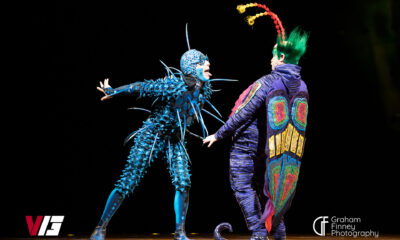
 Culture6 days ago
Culture6 days agoCirque Du Soleil OVO Takes Leeds Fans on a Unique, Unforgettable Journey [Photos]
-

 Hardcore/Punk5 days ago
Hardcore/Punk5 days agoHastings Beat Punks Kid Kapichi Vent Their Frustrations at Leeds Beckett University [Photos]
-

 Alternative/Rock4 days ago
Alternative/Rock4 days agoA Rejuvenated Dream State are ‘Still Dreaming’ as They Bounce Into Manchester YES [Photos]
-
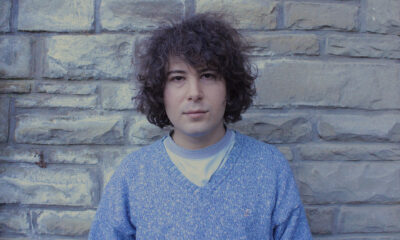
 Indie6 days ago
Indie6 days agoMichele Ducci Premieres Bouncy New Single “You Lay the Path by Walking on it”
-

 Alternative/Rock7 days ago
Alternative/Rock7 days agoWilliam Edward Thompson Premieres His Stripped-Down “Sleep Test” Music Video
-

 Country1 week ago
Country1 week agoJayce Turley Reflects on “Misery” with the Premiere of His New Single
-
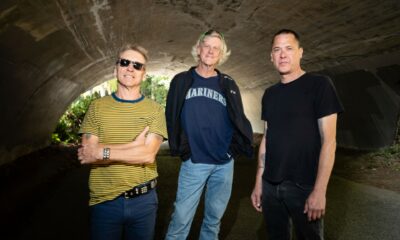
 Hardcore/Punk6 days ago
Hardcore/Punk6 days agoSpiders from Uranus Premieres Their Debut Album ‘Blow It Out!’
-
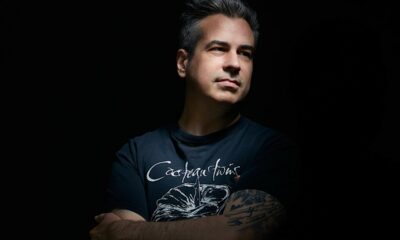
 Dance/Electronic2 weeks ago
Dance/Electronic2 weeks agoPerfect Female Type Premieres Synthwave Single “Science of Love”

